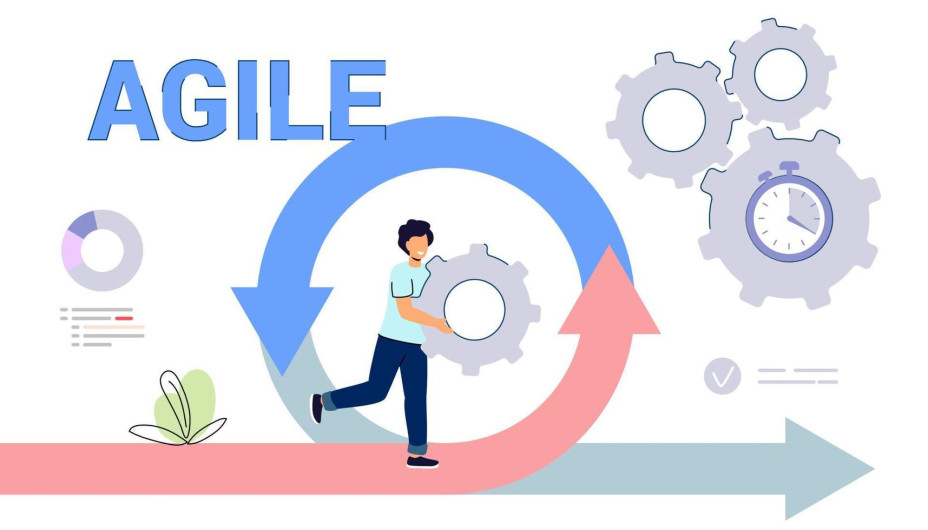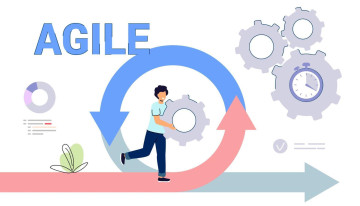What you will learn?
Understand Agile values, principles, and mindset.
Differentiate between Agile and traditional project approaches.
Apply the Scrum framework, including roles, artifacts, and ceremonies.
Execute Agile sprints with proper planning, standups, and reviews.
Use Agile metrics to guide team performance and decision-making.
Target Audience
New or aspiring Agile team members
Project managers transitioning to Agile roles
Scrum Masters and Product Owners in training
Stakeholders working with Agile teams
Organizations beginning their Agile transformation
About this course
This course provides a solid foundation in Agile values, principles, and popular frameworks—primarily Scrum—equipping participants with the knowledge and tools needed to work effectively in Agile environments. Starting with the history and rationale for Agile, participants will explore the key differences between traditional and Agile approaches and understand how to navigate the mindset shift required for successful adoption.
Through twelve interactive lessons, learners will gain insights into Agile planning, user story creation, backlog management, metrics, and team collaboration. The course also emphasizes practical techniques for running Agile ceremonies, managing quality through continuous testing, and scaling Agile beyond individual teams.
By addressing common challenges such as resistance to change, stakeholder alignment, and technical debt, this course prepares participants to proactively identify and overcome real-world obstacles. In addition, learners will explore tools and technologies that support Agile delivery, including digital boards, communication platforms, and automation tools.
By the end of the course, participants will have created a personalized Agile implementation roadmap and identified success metrics to guide continuous improvement. Whether you're part of a new Agile team or looking to strengthen your understanding of Agile delivery, this course offers the knowledge and skills to succeed in today’s fast-paced, dynamic work environments.
Requirements
No prior Agile experience is required.
This course is designed for beginners and those seeking a structured introduction to Agile.
Familiarity with basic project or team management concepts will be helpful but not necessary.






